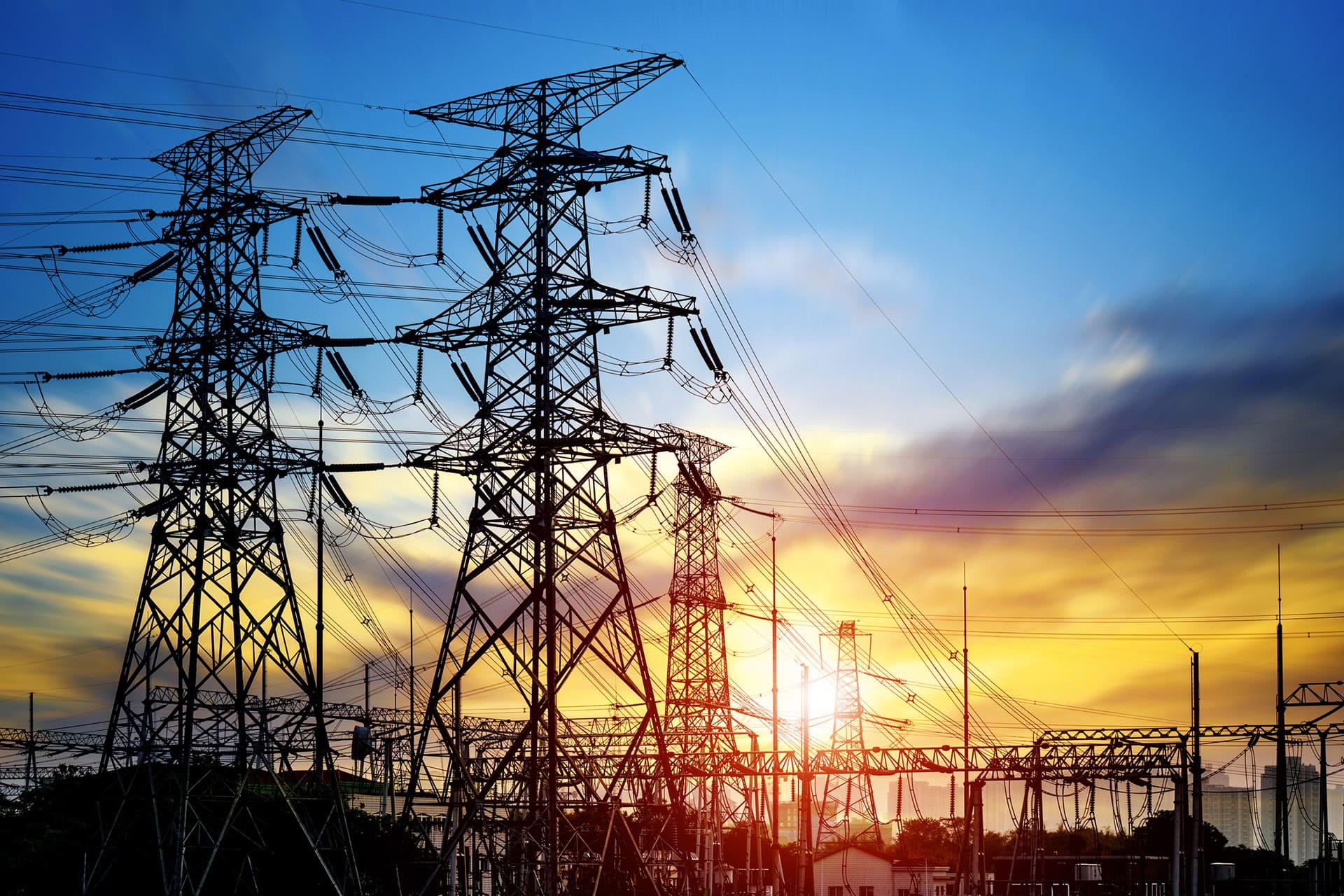On June 19, the U.S. Environmental Protection Agency (EPA) published the final Affordable Clean Energy (ACE) rule, which repeals and replaces the Clean Power Plan. As previously reported, the EPA published the proposed the ACE rule in the Federal Register on Aug. 31, 2018, and accepted public comments for 60 days. The final ACE rule will be effective 60 days after publication in the Federal Register.
The ACE rule regulates carbon dioxide (CO2) emissions from existing coal-fired electric utility steam generating units (EGUs) under Section 111(d) of the Clean Air Act, which covers existing sources that would have been subject to a New Source Performance Standard if the sources were new.
The EPA projects CO2 emissions will be reduced by 11 million tons in 2030 under the ACE rule. Its conservative projections show $62 million in domestic climate benefits from 2023 to 2037 and an additional $2 billion to $5 billion in co-benefits. The EPA projects the rule will cost $970 million to implement.
The Clean Air Act carves out these general roles and responsibilities for the EPA, states, and sources:
- The EPA must create emission guidelines that reflect the Best System of Emission Reduction (BSER)
- States must use those guidelines to establish standards of performance for specific sources
- Sources must meet the state standards, but can choose the technologies and techniques they use to do so
The ACE rule does not directly apply to EGU owners and operators, but it will affect large numbers of existing EGUs that meet all three of the following criteria:
- Serve generators with a nameplate capacity greater than 25 megawatts
- Have a heat input capacity greater than 250 million British thermal units (Btu) per hour of fossil fuel
- Burned coal for more than 10% of the average annual heat input during the three previous calendar years
These EGU owners and operators will have to comply with emissions rates set by states implementing the ACE rule, making this rulemaking and states’ implementation of it critical to these sources’ future operations.
The ACE rule identified the BSER at existing coal-fired EGUs to be a menu of heat rate improvements that can be applied at the specific sources. This differs from the Clean Power Plan, which had considered shifting generation away from coal-fired EGUs to other generation sources – such as natural gas and renewables – as part of the BSER.
Heat rate improvements are technologies, equipment upgrades, or operating and maintenance practices that improve the efficiency of an EGU. Heat rate is the amount of fuel – in this case coal – the EGU uses to create one kilowatt hour (kWh) of electricity (generally expressed as Btu/kWh). Less coal burned to make each kWh means less carbon dioxide emitted.
The EPA identified a list of “candidate technologies” that EGUs could implement to improve heat rate (that is, decrease Btus while maintaining or increasing kWh). The EPA also estimated how much each candidate technology would improve heat rate. The list of “candidate technologies” is:
- Neural Networks – Deploy computer models that optimize operations
- Intelligent Sootblowers – Automate systems that remove ash buildup on heat transfer surfaces
- Boiler Feed Pumps – Overhaul or upgrade devices that recycle boiler feedwater
- Variable Frequency Drives – Automate systems that control fan speeds and boiler feedwater pumps
- Air Heater and Duct Leakage Control – Improve seals on devices and ducts that recycle heat
- Economizer – Overhaul or upgrade devices that recycle heat
- Blade Path – Upgrade turbines to minimize steam leakage and blade erosion
- Operating and Maintenance Practices – Train staff on heat rate improvements; conduct heat rate improvement audits; clean condensers
From there, each state will review individual sources in the state and determine which of these technologies should be applied. The state can consider the source’s remaining useful life, costs and physical impossibility of implementation, and other reasonable factors. The state then calculates how much the source can improve its heat rate, which is translated into a target emission rate, expressed in pounds of CO2 emitted per megawatt hour. The source will be required to achieve this emission rate, however the source can opt to do so by any means it deems appropriate. The source does not have to implement the candidate technologies the state applied to calculate the emission rate.
The ACE rule established the following deadlines for this multistep regulatory process:
- States must establish performance standards for specific sources within three years, or by mid-2022.
- The EPA has six months to determine whether the state plan is complete and then another 12 months to review the state plan, meaning the EPA should complete its review by early 2024.
- Sources must meet the state standards within two years of their promulgation by the state, or by mid-2024.
The ACE rule will likely be challenged in court. In comparison, when the Clean Power Plan was challenged, the U.S. Supreme Court stayed the rule pending litigation. We will keep you updated on any court challenge of the ACE rule.
To obtain more information please contact the Barnes & Thornburg attorney with whom you work, or Jessica Reiss at 317-231-7311 or jessica.reiss@btlaw.com.
© 2019 Barnes & Thornburg LLP. All Rights Reserved. This page, and all information on it, is proprietary and the property of Barnes & Thornburg LLP. It may not be reproduced, in any form, without the express written consent of Barnes & Thornburg LLP.
This Barnes & Thornburg LLP publication should not be construed as legal advice or legal opinion on any specific facts or circumstances. The contents are intended for general informational purposes only, and you are urged to consult your own lawyer on any specific legal questions you may have concerning your situation.














